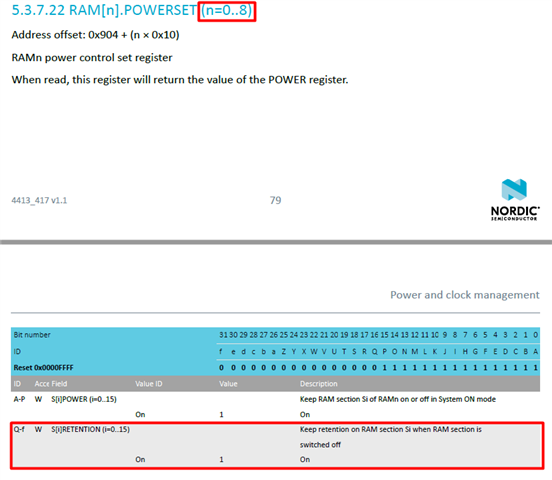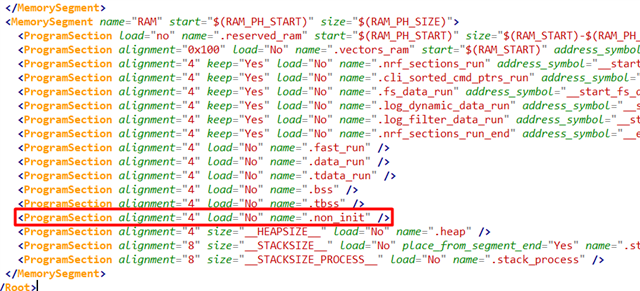Hi everyone,
I am working on a project where I have to enter the system into System OFF mode and RAM retention. What I actually want is to retain the value of some variables.
How could I do that in terms of software? Are there any specific functions I have to use? I also read that I have to make a no-init/zero_init section in order to ensure that the firmware does not clear the values at boot up but I don't even know what is this and how to implement it.
Could someone guide me? Or is there a similar example I could follow?
Thanks in advance
Nick




